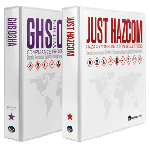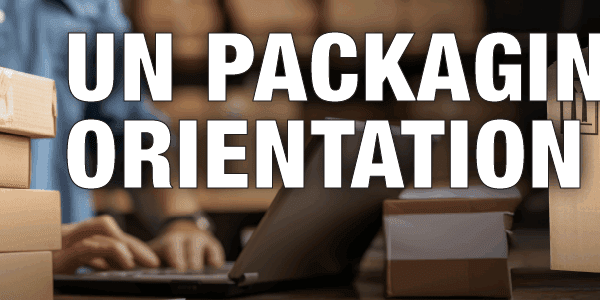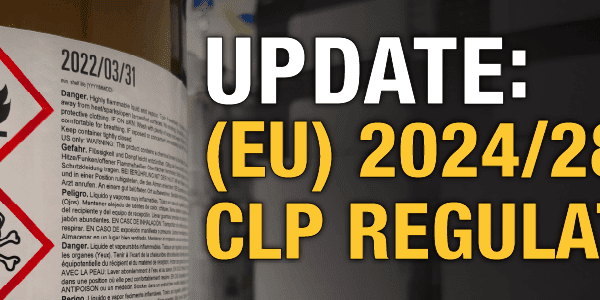
What is Combustible Dust?
What is combustible dust, and should it be considered on a safety data sheet? Even though it is not considered a dangerous good for transport, it can cause safety concerns in the workplace. Combustible dust can cause compounds to ignite, creating flash fires, or even cause explosions. Many regulations will have their own definition of what combustible dust is. According to the Hazardous Products Regulations (HPR), combustible dust is defined as: “A mixture or substance that is in the form of finely divided solid particles that, upon ignition, is liable to catch fire or explode when dispersed in air.” The Occupational Safety and Health Administration (OSHA) also has their own definition of combustible dust. It is defined as: “A solid material, composed of distinct particles or pieces, regardless of size, shape, or chemical composition, which presents a fire or deflagration hazard when suspended in air or some other oxidizing medium.”” The Occupational Safety and Health Administration (OSHA) also has their own definition of combustible dust. It is defined as: “A solid material, composed of distinct particles or pieces, regard- less of size, shape, or chemical composition, which presents a fire or deflagration hazard when. suspended in air or some other oxidizing medium.”
When determining what could be a possible combustible dust, there are properties to consider. You would need to consider the particle size of the dust, the concentration of the dust particles, the confinement of the dust cloud, as well as an ignition source, and oxygen. The severity of the explosion is dependent on the size of the dust particles. According to the OSHA guidance document for Combustible Dusts, the explosive severity can be measured based on the minimum ignition energy, the minimum explosible concentration, and the deflagration index. Just to note, the term deflagration is used to describe combustible dust explosions. OSHA has also provided a table to explain the different classes associated with the severity of a dust deflagration.

By viewing this table, you can now see how something as simple as sugar can now create a hazardous environment, when not performing proper cleaning procedures. It also makes people realize that almost anything can cause an explosion hazard. Many industries would need to consider the possibility of a deflagration in the workplace, especially any workplace that creates considerable dust. This includes industries such as grain handling facilities, pulp and paper mills, bakery equipment, and sawmills. This list can go on and on.
By including the hazard of “Combustible Dust” in the safety data sheet it creates awareness on how to properly handle any product dealing with the safety concerns dealing with deflagration of dusts in the workplace. OSHA has even outlined specific statements to be added to the safety data sheet in order to create this awareness, which can be found in their guidance document. This awareness helps to create a safe workplace environment.
Stay up to date and sign up for our newsletter!
We have all the products, services and training you need to ensure your staff is properly trained and informed.
 Just HazCom and GHS Within OSHA Bundle |
 GHS & WHMIS Workplace Labels |

|
References:
https://www.ccohs.ca/oshanswers/chemicals/combustible_dust.html#section-10-hdr
https://www.osha.gov/combustible-dust/guidance





